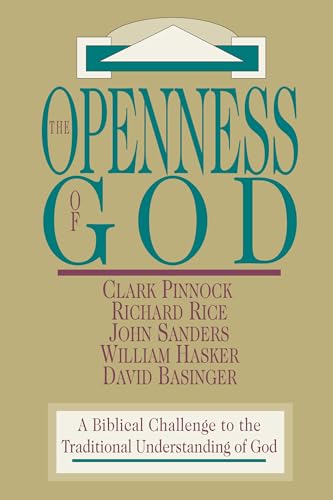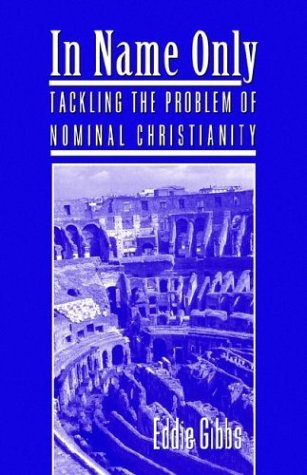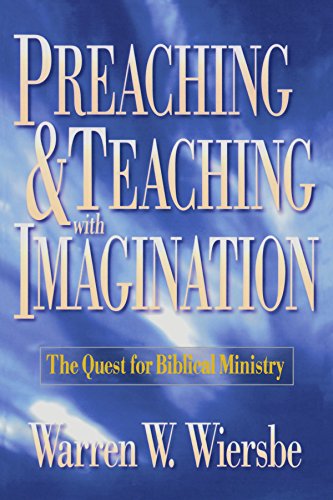History and Interpretation: Essays in Honour of John H. Hayes (JSOTS 173)
Written by M. Patrick Graham, William P. Brown and Jeffrey K. Kuan (eds) Reviewed By Richard S. HessThe traditional wisdom about Festschriften (i.e. collections of essays in honour of a teacher, colleague or friend) is not good. Writers do not like them because they demand yet another piece of research. Editors often find them a headache to organize, soliciting the contributions and seeing that everyone meets the deadlines. Publishers find that they don’t sell as well as other books. Readers usually find them too expensive to buy and uneven in the quality of their presentations. Last of all, reviewers avoid them because of the nightmare of trying to read a huge variety of articles and summarize them all within a limited space. Nevertheless, scholars will honour their colleagues with these productions, many of which contain contributions that rival journal articles in terms of their research quality and creativity. The seven works discussed here reveal that, far from a dying medium, Festschriften are thriving in the present academic climate. A survey of this OT sample reveals items of value for the theological student as well as much that is detailed, specific, and at times recondite.
The work honouring Hayes reflects his own interests as a historian of the Bible. The essays themselves represent a crucial use of the OT texts in the analysis of history and one that is increasingly aware of the ideological emphasis of these texts. Important in this regard are the broader methodological essays on historical interpretation of texts from Chronicles (Duke), Samuel (Schley), Isaiah and Zephaniah (Ben Zvi) and the legal material in the Pentateuch (Callaway).
The memorial volume for Ahlström also focuses on history, reflecting the late professor’s research and publications as well as his critical method. These include studies that evaluate the Hadad and Rezin of 1 Kings 11 as fictional (Edelman), the reform of Josiah as a later propaganda text (Handy) and the Ugaritic mythological context of the ḥēre̱m the later Israelite ‘ban’ (Smith).
The essays honouring Sawyer are a composite of interdisciplinary studies. As well as reflecting the honouree’s strengths in Hebrew linguistics, there are significant contributions from NT and Judaism scholars. There are, in addition, approaches that examine biblical texts in the poetry of Blake (Carroll) and the NT expressed in the medium of film (Telford).
The contributions honouring Rogerson describe his wide range of interests including his research in methods related to the social sciences. In addition to both OT and NT exegetical studies, there are studies of Jewish, patristic and 18th-century students of the Bible, and of its use in contemporary cultures of both the northern and southern hemispheres. Some useful studies are to be found here, for example the use of allegory in post-modern biblical interpretation (Brett), the juxtaposition of peace and war in the texts of Amos and in Latin American society (Carroll R.) and the use of a model for the analysis of drama to understand Romans 1–8 (Porter).
Already the winner of an award in its field, the Festschrift for King is unique in its emphasis upon the material culture of ancient Palestine and the wider biblical world. Most of the articles were authored by archaeologists who reflect on sites that they excavated or explored, including Tel Dan (Biran), Dothan (Cooley and Pratico), Edom (MacDonald), the northern Shephelah (A. Mazar), Beersheba (Rainey) and Taanach (Rast). A variety of approaches are used to relate the material discoveries to biblical texts.
The work dedicated to Greenfield, one of the outstanding Semiticists of the past few decades, sadly became a memorial volume shortly before it was to be given to the honouree. The first part includes studies on the OT. The second half contains detailed articles on Semitic languages and epigraphy, although some of these discuss matters with biblical and theological implications (for example, Millard’s evidence for the influence of Latin in first-century Palestine). The user of this volume is greatly aided by the presence of abstracted summaries at the beginning of each article. Thus, despite its length, it is possible to obtain a quick impression of the articles and their contents.
Milgrom’s Festschrift is the largest of those surveyed. It contains 59 contributions that focus on the cultic and ritual texts of the OT but also extend to include a variety of historical, social and grammatical papers relating to the biblical world. Many specific texts are studied as well as practices, such as the use of the veil (van der Toorn), and concepts such as the distinctive element of collective address and responsibility in the book of Deuteronomy (Patrick). Although diverse, the work becomes an important source for understanding some of the recent discussion on the cultic, legal and prophetic significance of sin, sacrifices and offerings in the Hebrew Bible and in the later writings from Qumran.
Richard S. Hess
Denver Seminary, Denver







